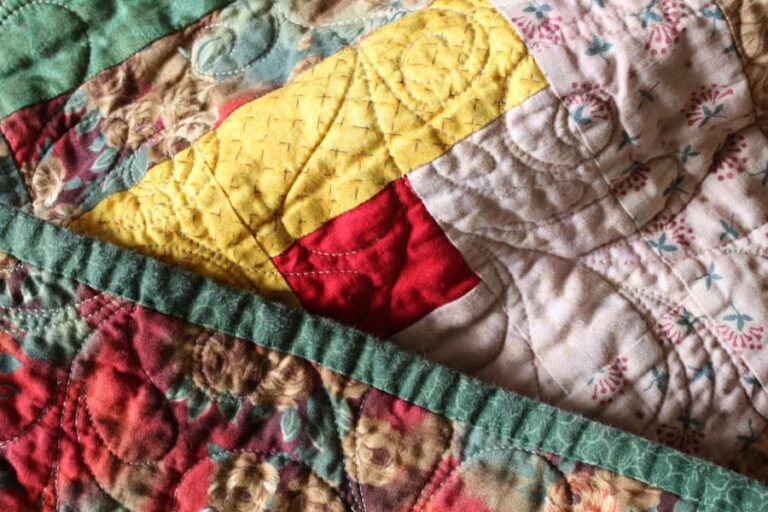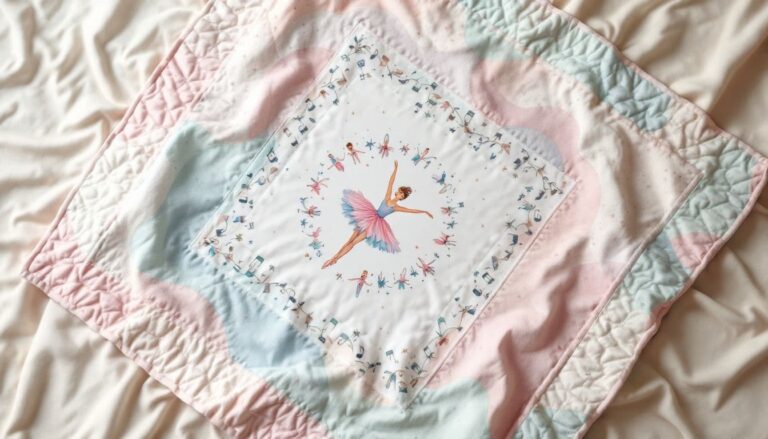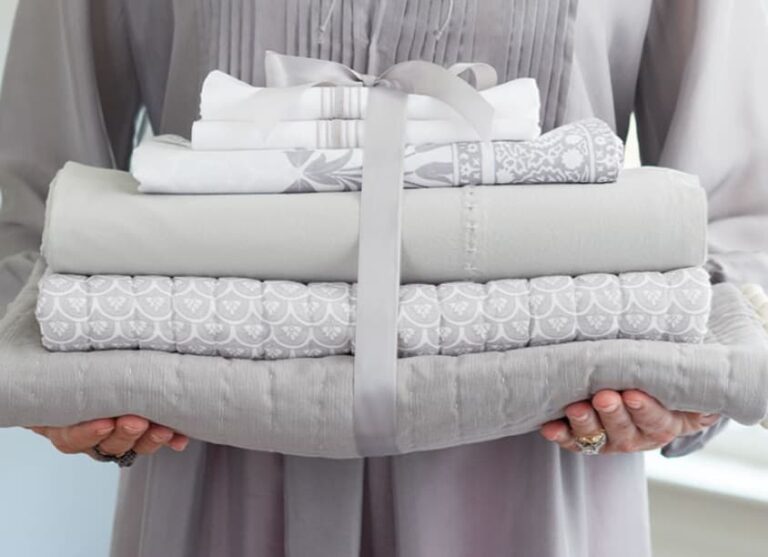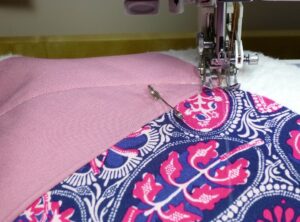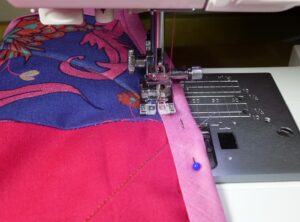In an era where sustainability is becoming increasingly important, quilters are finding innovative ways to make their craft eco-friendly. Creating quilts from recycled materials not only reduces waste but also gives new life to fabrics that might otherwise end up in landfills. This guide will explore the secrets to crafting beautiful and durable eco-friendly quilts, using recycled materials. We’ll also highlight how incorporating resources like Eclipse PDF can assist you in managing your quilting projects.
1. Choosing Recycled Materials
The first step in creating eco-friendly quilts is sourcing your materials. Opt for fabrics that are recycled or upcycled to minimize environmental impact.
a. Recycled Fabrics
- Old Clothing: Repurpose old shirts, dresses, and jeans into quilt squares. This not only gives the fabric a new purpose but also adds a personal touch to your quilt.
- Vintage Sheets and Linens: Vintage or second-hand sheets and linens often have unique patterns and textures that can add character to your quilt.
b. Upcycled Materials
- Fabric Scraps: Use leftover fabric scraps from previous projects. These remnants can be pieced together to create a quilt with a patchwork feel.
- Pre-loved Fabric: Purchase fabric remnants or off-cuts from thrift stores or fabric shops. This can be a cost-effective and sustainable way to source fabric.
2. Sustainable Batting Options
Batting is an essential component of your quilt, providing warmth and structure. Opt for sustainable batting options to complement your eco-friendly fabrics.
a. Recycled Polyester Batting
- Benefits: Made from recycled plastic bottles, recycled polyester batting is durable and often more affordable than other types of batting. It provides warmth without compromising on sustainability.
b. Organic Cotton Batting
- Benefits: Organic cotton batting is made from cotton grown without synthetic pesticides or fertilizers. It’s a natural and biodegradable option that adds a soft, comfortable layer to your quilt.
3. Eco-Friendly Quilting Techniques
The way you quilt can also impact the sustainability of your project. Choose techniques and methods that minimize waste and environmental impact.
a. Foundation Paper Piecing
- Benefits: This technique allows you to use small scraps of fabric, reducing waste. By using patterns like Eclipse PDF, you can create accurate and intricate designs while making the most of your fabric scraps.
b. Hand Quilting
- Benefits: Hand quilting requires less energy than machine quilting and can be a meditative process. It’s also a great way to add personal touches to your quilt while minimizing the use of electricity.
4. Eco-Friendly Tools and Supplies
Consider the environmental impact of the tools and supplies you use in your quilting process. Opt for sustainable and reusable options whenever possible.
a. Reusable Templates
- Benefits: Use reusable quilting templates instead of disposable ones. This reduces waste and is often more cost-effective in the long run.
b. Natural Thread and Notions
- Benefits: Choose threads made from natural fibers, such as cotton or silk, instead of synthetic threads. Natural threads are biodegradable and often have a smaller environmental footprint.
5. Proper Fabric Care
To ensure the longevity of your quilt and reduce the need for frequent replacements, proper care is essential.
a. Gentle Washing
- Benefits: Wash your quilt in cold water using a gentle detergent. Avoid fabric softeners and bleach, which can damage the fibers and have environmental impacts.
b. Air Drying
- Benefits: Air dry your quilt instead of using a tumble dryer. This not only conserves energy but also helps preserve the fabric and batting.
6. Incorporating Resources like Eclipse PDF
Managing your quilting projects efficiently can also contribute to a more sustainable practice. Tools like Eclipse PDF can help you organize patterns and templates digitally, reducing the need for printed materials and paper waste. By keeping your patterns and designs in a digital format, you can easily access and reuse them for future projects, contributing to a more eco-friendly approach.
Creating eco-friendly quilted items from recycled materials is a rewarding way to practice sustainability while enjoying the art of quilting. By choosing recycled fabrics, sustainable batting options, and eco-friendly techniques, you can craft beautiful quilts that not only reflect your personal style but also your commitment to the environment. Utilizing digital resources like Eclipse PDF can further streamline your quilting process, minimizing waste and enhancing efficiency.

